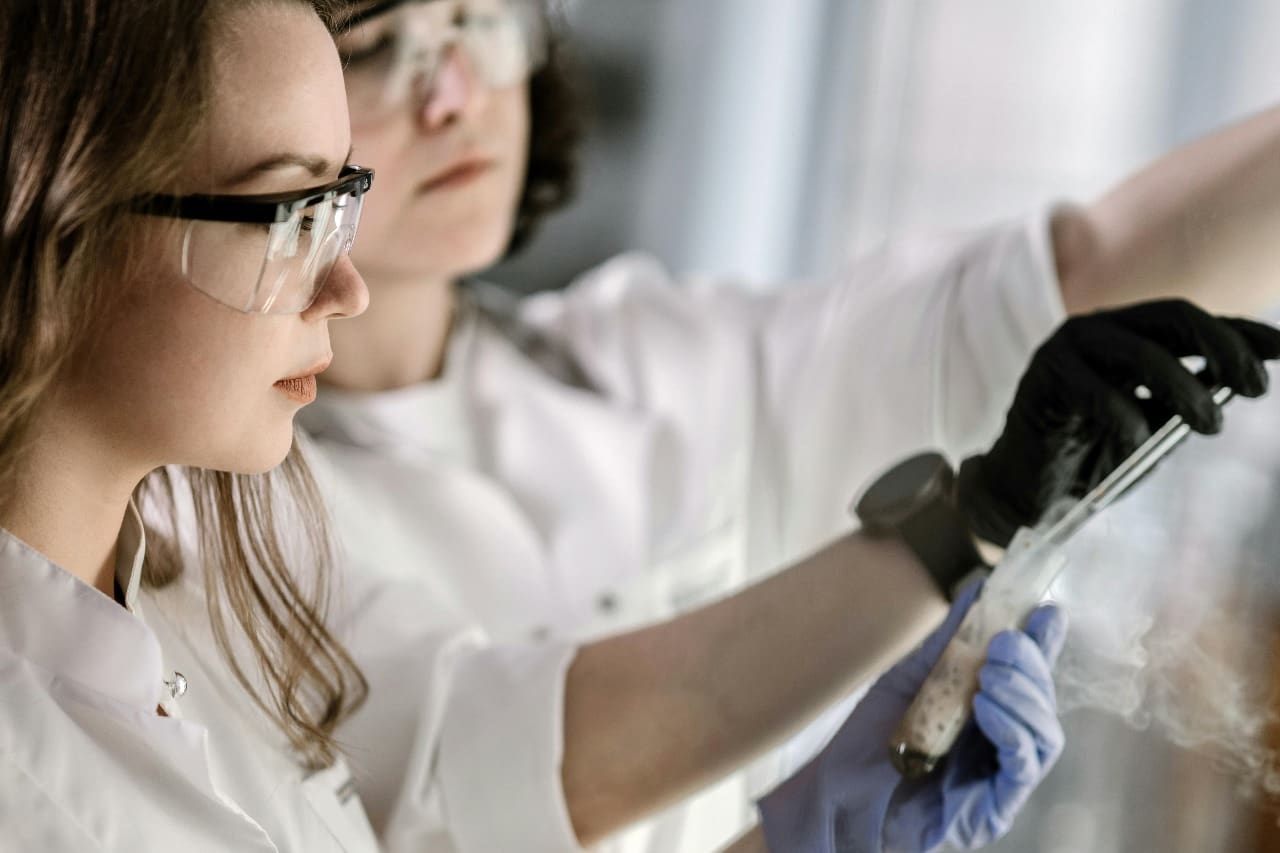Stem cell therapy can control obesity, ward off diabetes: Experts say
Stem cells obtained from the placenta of a newborn baby can help in curing grade III obesity which is a major cause of diabetes and other diseases.
Giving this information during the 25th World Congress on Clinical Nutrition at Era’s Lucknow Medical College and Hospital (ELMCH) on Saturday, the director of research, National Institute of Nutrition (NIN)-Indian Council of Medical Research, Prof Vijayalakshmi Venkatesan, said the therapy has shown promising results in animal trials in the laboratory.
“An ongoing research may prove to be a boon for grade III obesity management, which as of now is being treated with bariatric surgery which has many side effects,” she added.
Sharing how personalised diet as per diseases can help in treatment, additional director, Era University, Zaw Ali Khan said: “During Covid-19 international research, we included green tea and ginger in diet and had over 90% success rate in treatment of Covid-19 patients although a major chunk comprised of serious patients who needed ICU care.”
Advisor, Indian Science Congress Association, Prof Amit Krishna De highlighted that spices, which are traditionally used as flavor enhancers, also have medicinal properties and their vapors can reduce respiratory problems.
Building on the discussion of respiratory benefits provided by traditional spices, it’s essential to delve deeper into how medical innovations, particularly stem cell therapy, are poised to revolutionize treatment paradigms for complex diseases such as diabetes.
Diabetes, primarily caused by the body’s inability to produce or effectively use insulin, has traditionally been managed through medication, lifestyle changes, and in more severe cases, insulin therapy. However, the advent of stem cell therapy, especially those derived from the placenta, presents a new frontier in diabetes management.
According to recent studies, placental stem cells possess unique regenerative abilities that can be harnessed to repair the pancreatic tissue responsible for insulin production. The process, while still under clinical evaluation, involves isolating stem cells from the placenta post-delivery—a procedure that poses no ethical concerns as it uses what would otherwise be medical waste. These stem cells are then processed and reintroduced into the patient’s body where they can potentially regenerate damaged pancreatic islets and restore their function to normal.
The implications of such treatment are profound. Unlike traditional diabetes treatments that manage symptoms and require ongoing intervention, stem cell therapy aims to address the root cause of the disease by restoring the body’s own ability to produce insulin. This could dramatically reduce the need for daily insulin injections and other diabetes medications, thereby decreasing the long-term health complications associated with the disease and improving the quality of life for millions of sufferers.
Furthermore, preliminary results from animal studies suggest that placental stem cells could also play a significant role in managing obesity—a major risk factor for Type 2 diabetes. Obesity, particularly grade III obesity, often leads to insulin resistance, which exacerbates diabetes. Current treatments for severe obesity include bariatric surgery, which, while effective, comes with significant risks and potential side effects. The application of stem cell therapy could provide a less invasive and more sustainable solution to this problem.
At the 25th World Congress on Clinical Nutrition, where these breakthroughs were discussed, experts highlighted the dual benefits of this approach: treating obesity and preventing the onset of diabetes. Prof Vijayalakshmi Venkatesan of the National Institute of Nutrition emphasized that the ongoing research is particularly promising, hinting at a future where stem cell therapy could become a routine part of managing and potentially curing metabolic disorders.
In practical terms, the journey from laboratory to clinic is complex and filled with regulatory hurdles. However, the potential of placental stem cells in treating not just diabetes but a range of other diseases could pave the way for more personalized and effective healthcare solutions. This aligns with the broader trend of personalized medicine, where treatments are tailored to individual genetic profiles and specific disease markers.
As this field of medicine progresses, it will be crucial to continue research and trials to fully understand the capabilities and limitations of stem cell therapy. Collaboration between researchers, clinicians, and policymakers will be key to developing protocols that ensure safe, effective, and equitable access to this promising treatment.
The integration of traditional medical practices with cutting-edge research exemplifies the holistic approach needed to tackle today’s health challenges. Whether it’s utilizing the medicinal properties of common spices or pioneering the use of placental stem cells, the convergence of history and innovation continues to offer new hope for patients worldwide.
In conclusion, as we stand on the brink of a new era in medical science, the promise of stem cell therapy in treating diseases like diabetes not only highlights the strides we have made but also the potential for significant future advancements. With continued research and clinical validation, we may soon see a world where diabetes and other chronic conditions are no longer life-long sentences but manageable and perhaps curable conditions.



